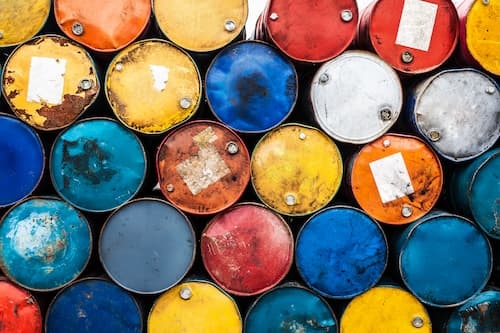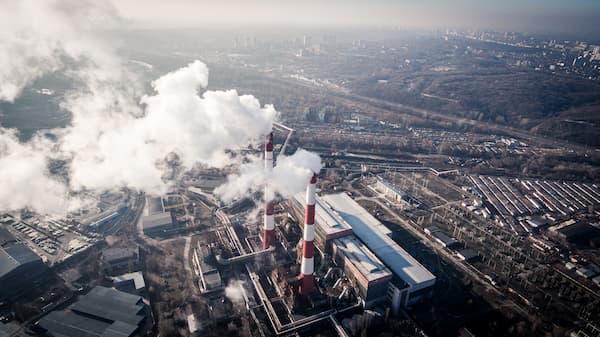A whole new class of emerging and advanced materials are increasingly being developed and brought into our lives. They are designed for a variety of sectors, from renewable energy to healthcare and offer new or enhanced properties that benefit the economy and society. Many of these materials possess an additional complexity, e.g. a new or enhanced functionality and/or multiple components which may lead to further challenges compared to other chemicals. These materials are also being developed at such a rapid pace that a gap can arise between technological innovations and the development of suitable risk assessment tools and frameworks.
There is a need for a change of mindset to ensure that newly developed materials combine safety and sustainability from the innovation phase. SSIA proposes a systematic and comprehensive approach that considers sustainability aspects hand in hand with safety considerations very early on at the material design stage.
A way to minimise this gap is for industry to reduce uncertainties and risks to human and environmental safety, starting at an early phase of the innovation process and covering the whole innovation value chain (or life cycle for product development) (the ‘Safe(r) and Sustainable -by-Design’ concept, SSbD); and for regulators to anticipate the regulatory challenges posed by innovations, their applications and potential safety issues (Regulatory Preparedness, RP). SSbD and RP require a dialogue between innovators and regulators at the early stage, which is supported by Trusted Environment (TE). These three distinct components form the Safe(r) and Sustainable Innovation Approach (SSIA).





